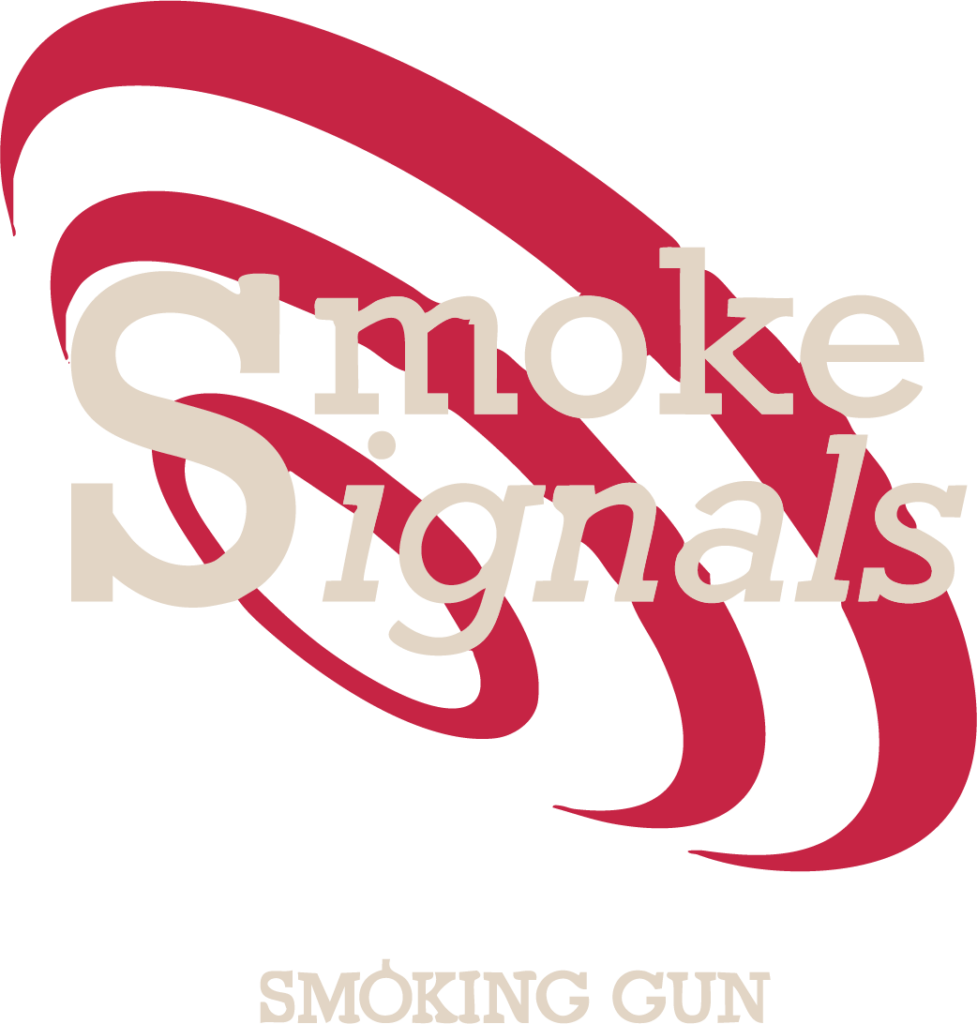
There are some things you never really want to do during the not-so-average day. One is losing your keys, another might be Googling any kind of health problem, and a third would be dialling the best known number in the U.K.
Between 2014 and 2015, the last period for which statistics are available, there were a total of 9million 999 calls to ambulance switchboards alone. On top of this being a suspiciously fitting number, it gives some idea as to how much pressure these services are under (a 6.1% increase in total demand year-on-year, in fact).
The result is more and more attention being paid to social media as a means of delivering urgent public advice and information. And it’s not a particularly new trend. Six years ago the American Red Cross had already concluded that 18% of adults surveyed then would turn to Twitter, Facebook or other channels if 911 calls proved unsuccessful. When matters are potentially life and death you can’t afford to make mistakes, either, and so emergency services on social media present us with plenty of perfect best practice examples. Such as these, below.
New York PD
In the wake of the recent bomb attack in the Big Apple, millions of New Yorkers received a mobile text alert that read ‘WANTED: Ahmad Khan Rahami, 28-yr-old male. See media for pic. Call 9-1-1 if seen’. When the message landed it played a siren audio sample automatically, and contained a picture of the suspect. He was arrested within hours of the campaign, and now police in the city are planning on using the same tactic for future cases.
San Francisco PD
As far back as 2010 San Francisco emergency management was preparing to launch YouTube channels as a means of spreading citizen’s advice messages, and if you skip forward to today, and the San Francisco Police Department Facebook Page, you’ll see clips introducing individual officers as a means to build bridges with the public, and describing response methods- one recent update explains how they disarmed and arrested a guy asking to be shot by the cops.
PSE&G
New Jersey’s largest utility company ‘staffed up’ its Twitter feed during Hurricane Sandy to deliver location information for giant tents and generators they rolled out after the devastation. At one point the firm managed to fire off enough individual responses to members of the public it exceeded the maximum number of tweets an account can send in one day. During the course of the disaster, there were a total of 20million U.S. tweets on ‘Sandy’.
Greater Manchester Police
It’s not for nothing Smoking Gun PR’s local law enforcement agency has won awards on several occasions for its use of socials. It claimed a 2011 Big Chip for Best Use of Social Media thanks to ‘Police Twitter Day’, the first time any force had shown details of every call received to convey the breadth of what staff deal with. A year later it bagged the same title following its response to riots in the region. On a tiny budget this is one well run comms team we can all learn from.

Google Maps
Unless you or someone you know has been involved in a major incident or natural disaster, chances are the name Google Crisis Maps won’t mean much. They exist, though, and offer a collection of map layers relating to weather, hazards, and emergency response. Meanwhile, Google Crisis Response Team has frequently crowdsourced information and immediately mapped that for situations like the Japanese earthquake and tsunami in 2011.
Syrian Skype operations
As bombs continue to fall on Syria, bringing apocalyptic scenes of death and destruction to the population, resources- both human and other- are depleting rapidly, causing people to think outside the box. For example performing surgery with members of the medical team Skyping into the theatre from locations overseas. It’s the first time we’ve heard of this happening, and is both tragic and technologically astounding.
Bonus – West Midlands Police
On a less serious note, when a West Midlands Police arrest report was returned to the copper who wrote it because he penned the form on behalf of his partner, he sent this in response, and tweeted it out, explaining that he took the action because the other officer is a dog. Cue viral fame and a great example of opportunism paying off publicity-wise.

Our Awards
Why stop at global stardom and incredible sales? When our clients work with us, they get the silverware to boot. We’re not into tooting our own horns, but the awards we’ve won with our clients are too good to miss…









